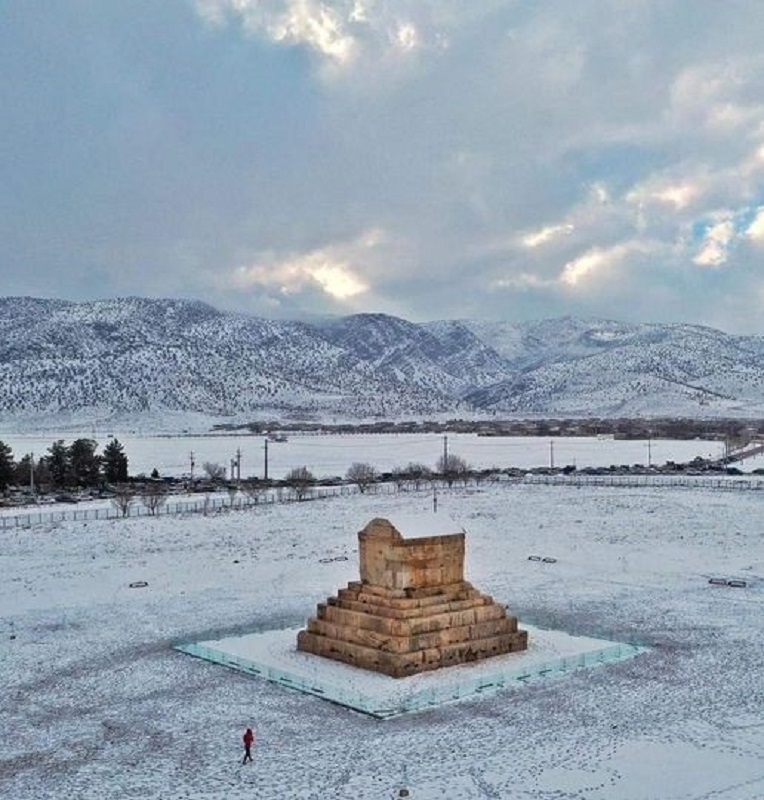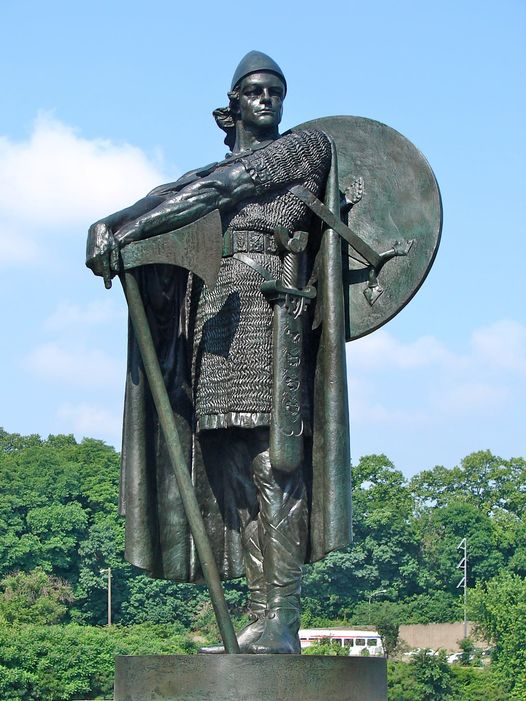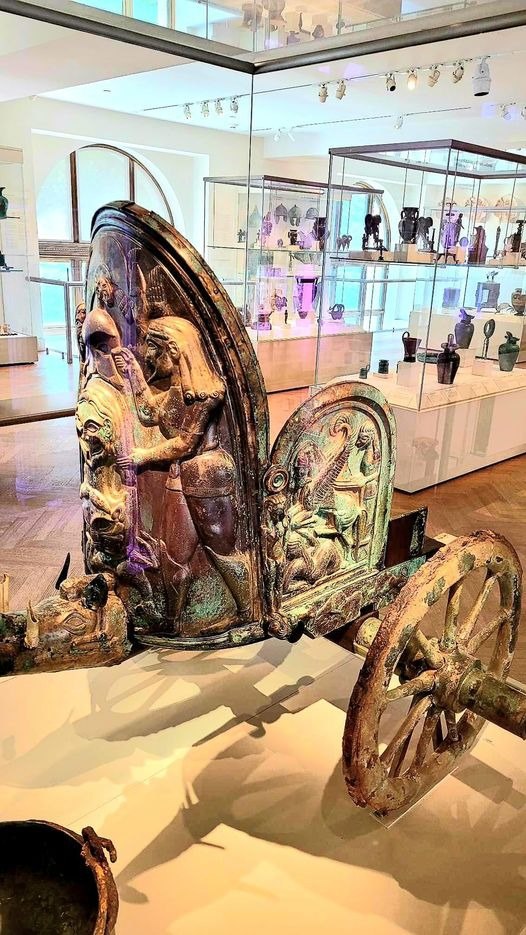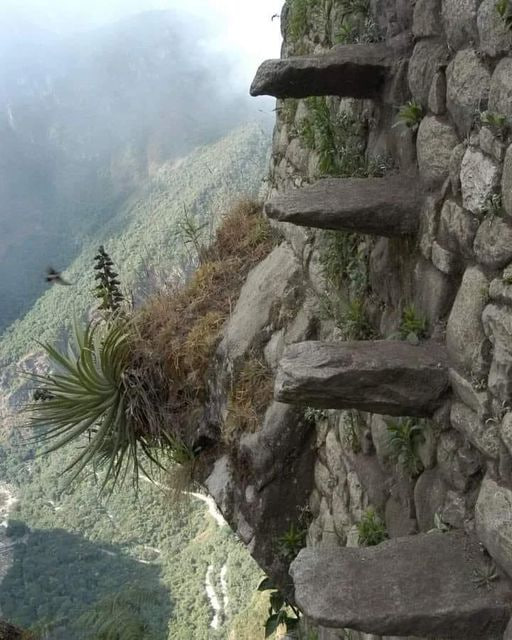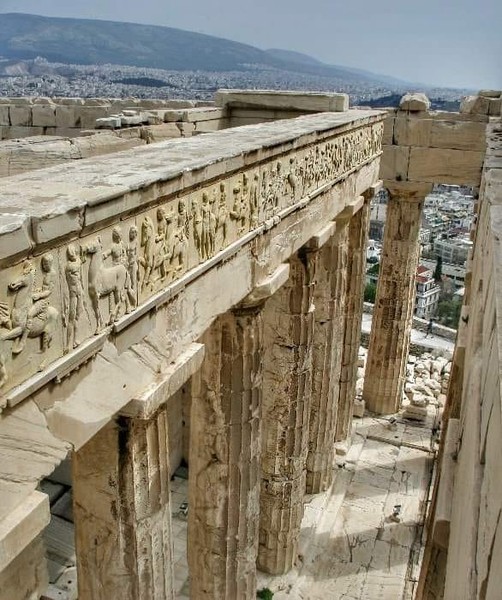The allure of ancient Egypt never ceases to captivate us, with its enigmatic pyramids, hieroglyphic-laden tombs, and tales of pharaohs who ruled with divine authority. Among these legends, the story of Tutankhamun stands out like a beacon in the sands of time. Discovered in 1922 by the renowned British archaeologist Howard Carter, Tutankhamun's tomb unveiled treasures that mesmerized the world. Yet, amidst the golden splendor and relics of a bygone era, one humble artifact emerged as a testament to the enduring mysteries of the past: the unbroken rope seal securing the tomb's doors for over 3200 years.

The allure of ancient Egypt never ceases to captivate us, with its enigmatic pyramids, hieroglyphic-laden tombs, and tales of pharaohs who ruled with divine authority. Among these legends, the story of Tutankhamun stands out like a beacon in the sands of time. Discovered in 1922 by the renowned British archaeologist Howard Carter, Tutankhamun's tomb unveiled treasures that mesmerized the world. Yet, amidst the golden splendor and relics of a bygone era, one humble artifact emerged as a testament to the enduring mysteries of the past: the unbroken rope seal securing the tomb's doors for over 3200 years.
The Significance of the Seal
The rope seal, captured in a poignant photograph by Harry Burton in 1923, represents more than just a mundane object. It serves as a tangible link to a distant epoch, a silent guardian preserving the sanctity of Tutankhamun's final resting place. The seal's unbroken state after millennia offers a glimpse into the meticulous rituals and beliefs of ancient Egyptian funerary practices. Its presence signaled to the world that behind those sealed doors lay an untouched realm, where the young pharaoh lay undisturbed, surrounded by the trappings of his earthly reign and prepared for the journey to the afterlife.
Decoding the Necropolis Seal
Embedded within the rope seal is a narrative encoded in symbols and imagery—a language of the ancients that speaks across the ages. The necropolis seal, depicting captive figures kneeling before Anubis, the jackal-headed god of the dead, carries profound significance. It not only safeguards the tomb but also serves as a visual invocation, invoking divine protection for the deceased as they embark on their eternal voyage. The intricate details of the seal offer tantalizing clues to the beliefs and mythologies that guided the ancient Egyptians' understanding of death and the afterlife, shedding light on their spiritual worldview.
The Legacy of Tutankhamun's Tomb
Tutankhamun's tomb, with its intact seal and treasures untold, continues to inspire awe and fascination in the modern world. Its discovery marked a watershed moment in the field of archaeology, unlocking a treasure trove of artifacts that offered unprecedented insights into ancient Egyptian civilization. Yet, even as we marvel at the riches unearthed from its depths, the enduring mystery of the sealed doors reminds us of the limits of our understanding. For every artifact unearthed, countless questions remain unanswered, urging archaeologists onward in their quest to unravel the secrets of the past.
In the annals of archaeology, Tutankhamun's tomb occupies a hallowed place—a testament to human curiosity, perseverance, and the enduring allure of the ancient world. The unbroken rope seal, standing sentinel for over three millennia, serves as a poignant reminder of the mysteries that still lie buried beneath the sands of time. As we continue to explore the remnants of ancient civilizations, we are reminded that each artifact tells a story—a story waiting to be discovered, deciphered, and shared with the world. And in that pursuit, we honor not only the past but also the enduring spirit of exploration that drives us ever onward.






